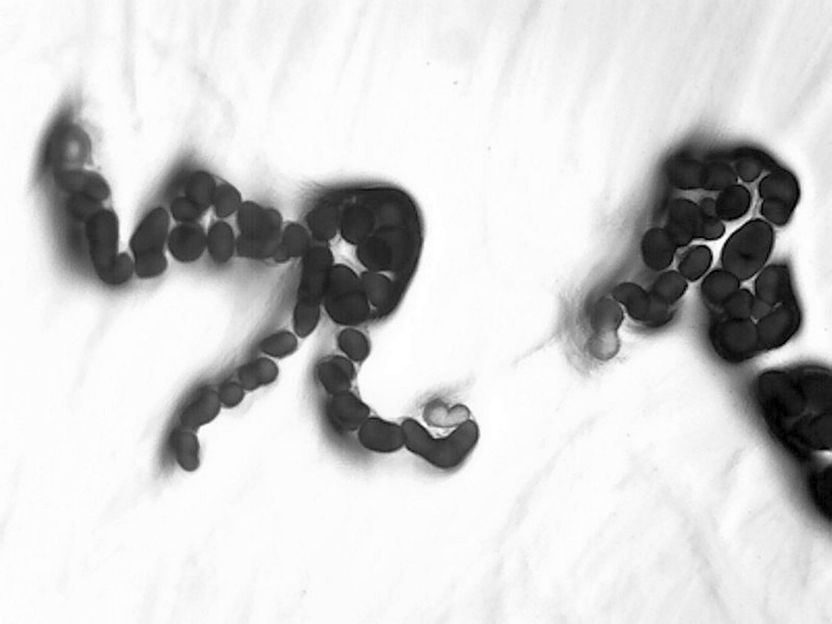How cells brace themselves for starvation
Sugar, cholesterol, phosphates, zinc – a healthy body is amazingly good at keeping such vital nutrients at appropriate levels within its cells. From an engineering point of view, one all-purpose model of pump on the surface of a cell should suffice to keep these levels constant: When the concentration of a nutrient, say, sugar, drops inside the cell, the pump mechanism could simply go into higher gear until the sugar levels are back to normal. Yet strangely enough, such cells let in their nutrients using two types of pump: One is active in "good times," when a particular nutrient is abundant in the cell's environment; the other is a "bad-times" pump that springs into action only when the nutrient becomes scarce. Why does the cell need this dual mechanism?
A new Weizmann Institute study, reported in Science, might provide the answer. The research was conducted in the lab of Prof. Naama Barkai of the Molecular Genetics Department by postdoctoral fellow Dr. Sagi Levy and graduate student Moshe Kafri with lab technician Miri Carmi.
It had been known for a while that when the levels of phosphate or zinc drop in the surroundings of a yeast cell, the number of "bad-times" pumps on the cell surface soars up to a hundred-fold. When phosphate or zinc becomes abundant again, the "bad-times" pumps withdraw while the "good-times" pumps return to the cell surface in large numbers.
In their new study, the scientists discovered that cells which repress their "bad-times" pumps when a nutrient is abundant were much more efficient at preparing for starvation and at recovering afterwards than the cells that had been genetically engineered to avoid this repression. The conclusion: The "good-times" pumps apparently serve as a signaling mechanism that warns the yeast cell of approaching starvation. Such advance warning gives the cell more time to store up on the scarce nutrient; the thorough preparation also helps the cell to start growing faster once starvation is over.
Thus, the dual-pump system appears to be part of a regulatory mechanism that allows the cell to deal effectively with fluctuations in nutrient supply. This clever mechanism offers the cell survival advantages that could not be provided by just one type of pump.
If these findings prove to be applicable to human cells, they could explain how our bodies maintain adequate levels of various nutrients in tissues and organs. Understanding the dual-pump regulation could be crucial because it might be defective in various metabolic disorders.
Other news from the department science

Get the life science industry in your inbox
By submitting this form you agree that LUMITOS AG will send you the newsletter(s) selected above by email. Your data will not be passed on to third parties. Your data will be stored and processed in accordance with our data protection regulations. LUMITOS may contact you by email for the purpose of advertising or market and opinion surveys. You can revoke your consent at any time without giving reasons to LUMITOS AG, Ernst-Augustin-Str. 2, 12489 Berlin, Germany or by e-mail at revoke@lumitos.com with effect for the future. In addition, each email contains a link to unsubscribe from the corresponding newsletter.
Most read news
More news from our other portals
Last viewed contents
Merck Reports Results of Phase III Study of Investigational Oral Allergy Immunotherapy Tablet (AIT)

Unlimited access to microbiological research data - Update of the freely accessible database BacDive enables access to more than 900,000 metadata
Genedata Begins High-Throughput Screening Collaboration with NIH Chemical Genomics Center


















































